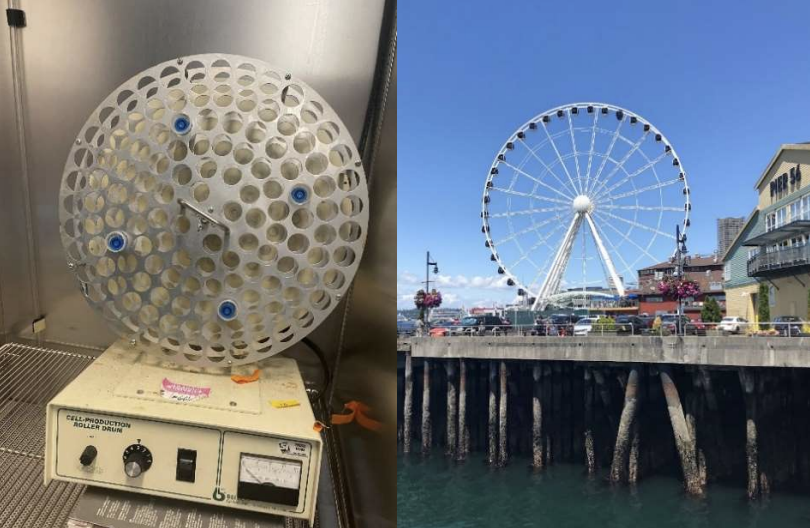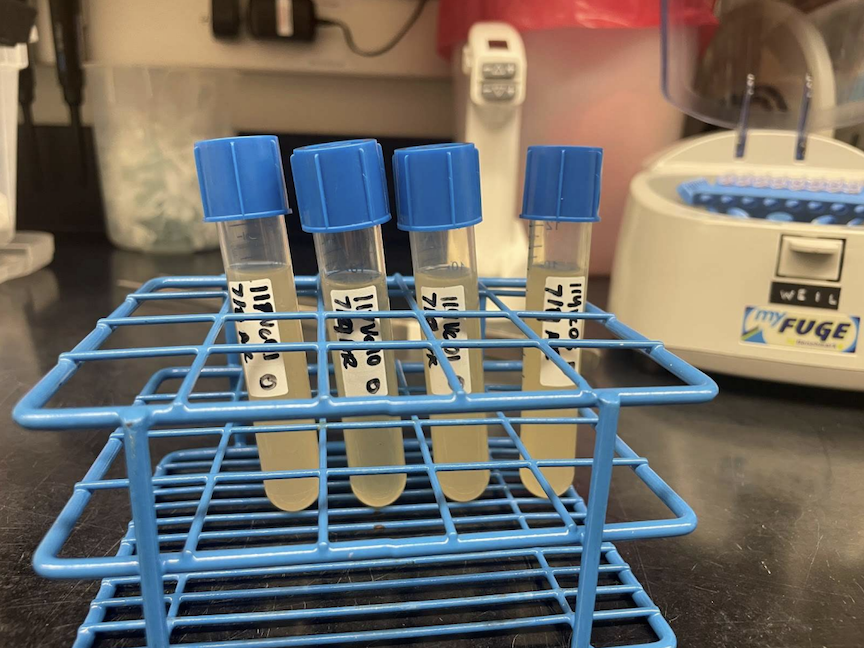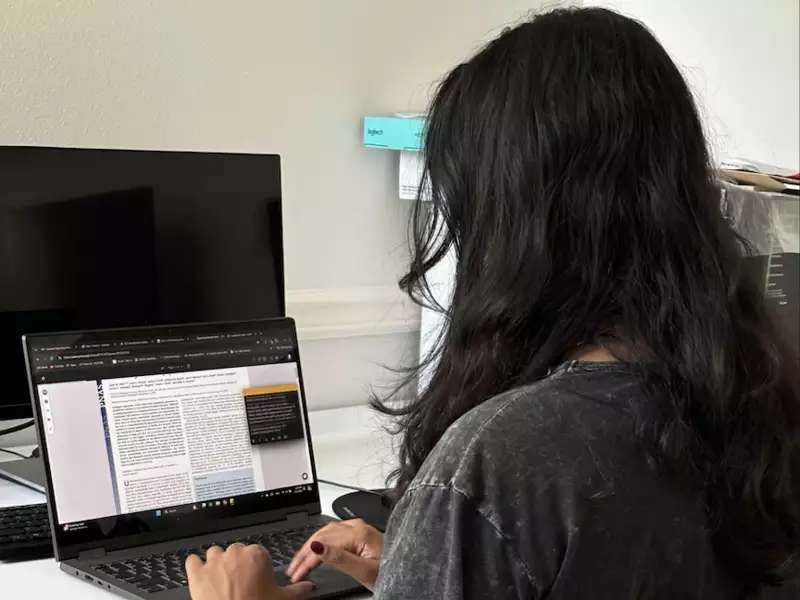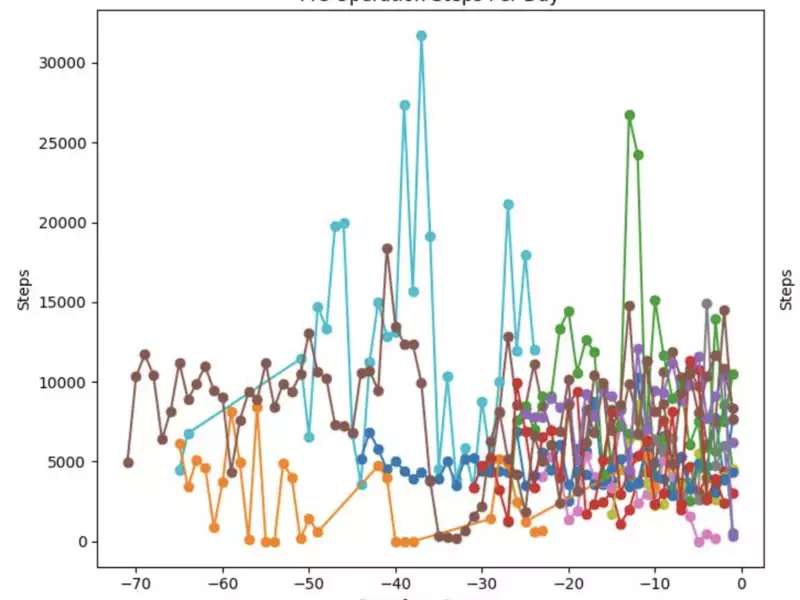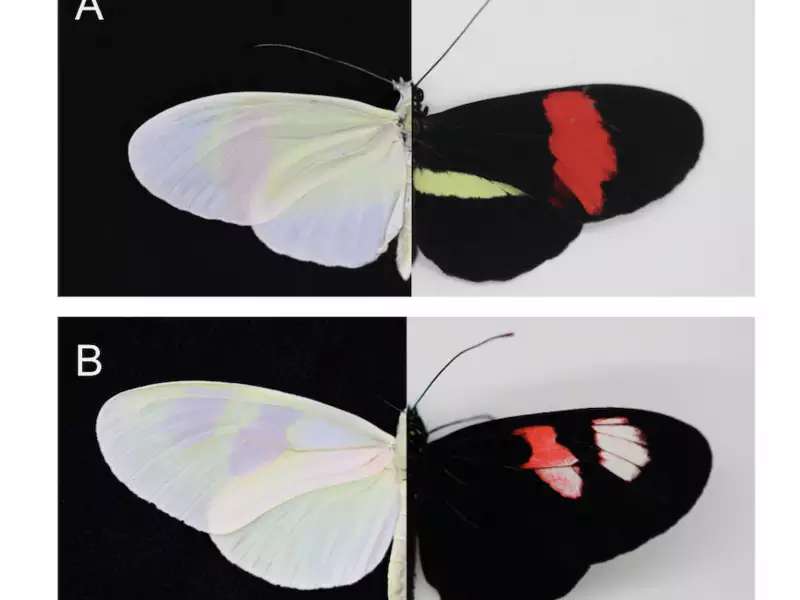I recently finished up all 140 stool DNA extractions! We packaged them and sent them off to our collaborators in Canada for sequencing. Later on, we will analyze the results to identify correlations between patients’ microbiomes and disease severity.
In the meantime, I am working on a long-term evolution project. Through numerous lab meetings, discussions with my coworkers, and extensive research, I finalized the protocol for the experiment. It involves subculturing cells, meaning we grow the cells overnight in an incubator, then transfer some of the old cells to a new tube of growth media, and repeat the process. Deciding on a dilution took some trial and error—we didn’t want the media to be too full of cells, because that would create a selection pressure on the bacteria to compete for resources, instead of evolving based on their existing genetic differences. Because of this, we chose a 1:10000 dilution, and we are using a roller drum instead of a shaking incubator, so that the Vibrio cholerae does not grow so fast that it overwhelms the media before 24 hours.
We are furthermore interested to know the difference in growth rates of the V. cholerae strains we are using in the long-term experiment, so that we can later compare evolved strains and determine how they have changed since the beginning of the project. I have been conducting growth curves to measure each strain’s baseline growth rate. It’s not as simple as measuring the OD, or optical density, of each strain; we have to control for confounding variables to ensure that our data is replicable.
My experience has been a lesson in the constant problem-solving, change, and growth that wet lab research requires, and I look forward to finishing out the summer in the Weil lab.
